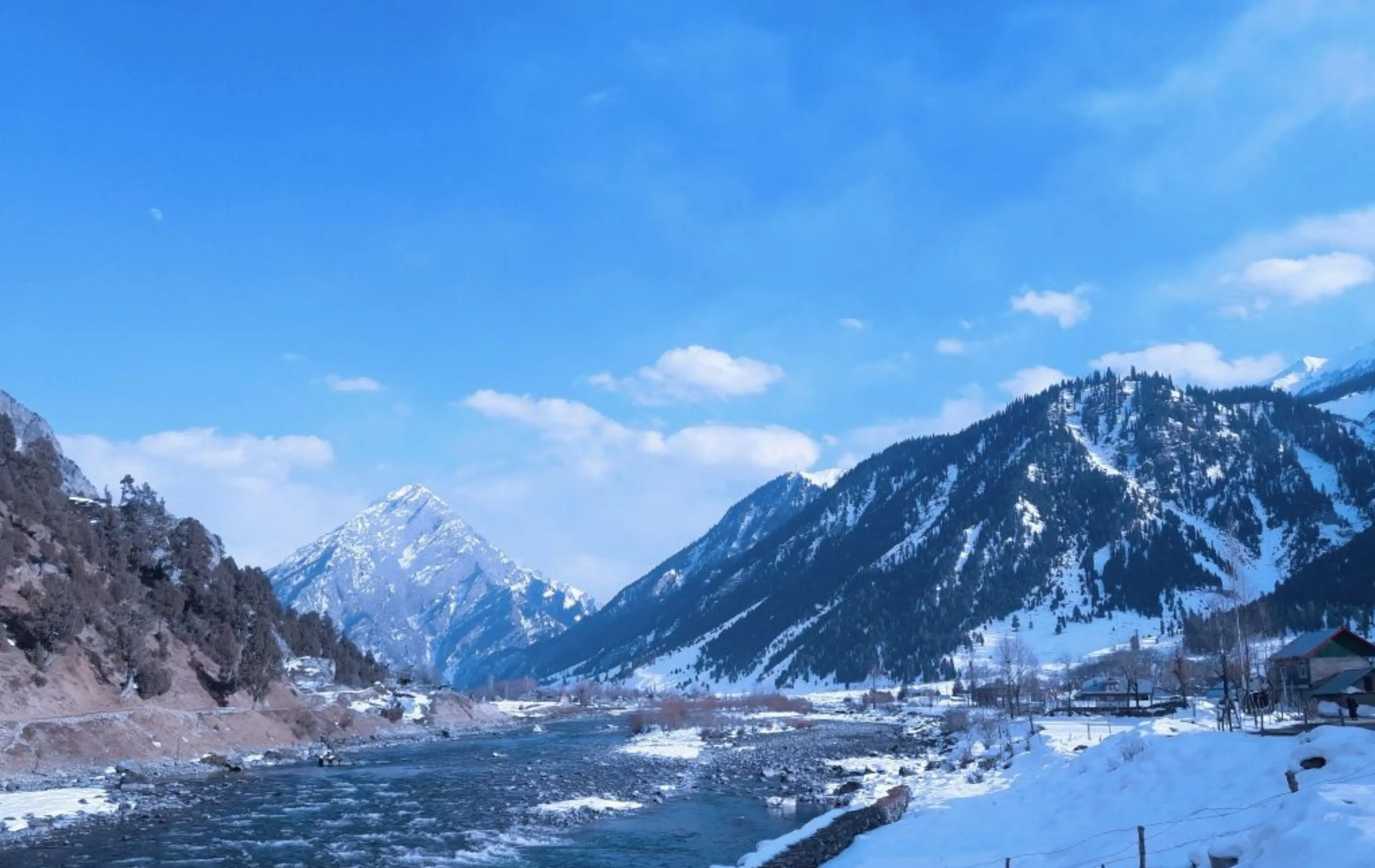
Hotels
•04 min read

The Winter Palace Russia stands as one of the most iconic landmarks in the country. It is steeped in history and architectural brilliance. Once the imperial residence of the Romanov dynasty, it is now part of the Hermitage Museum, a treasure trove of art and culture. This blog answers popular questions about the Winter Palace, from its origins and design to its place in modern history and travel tips for visitors.
The Winter Palace was built under Empress Elizabeth. It served as a winter residence for the Russian emperors. The palace was meant to be a symbol of imperial power. It showcased the grandeur and might of the Russian state. The design and placement of this royal home were chosen to awe visitors and remind everyone of the empire’s strength.
The palace was home to the illustrious Romanov dynasty. Famous figures like Catherine the Great and Nicholas II lived within its walls. As a Russian imperial residence, the Winter Palace was the center of cultural and political power. Daily royal life unfolded here, making it a living piece of history.
The Winter Palace architecture is a magnificent example of Baroque style. Italian architect Bartolomeo Rastrelli played a crucial role in designing it. The palace is known for its grand scale and ornate facades. Every curve and detail is intended to impress. This design speaks to the immense wealth and power of the Russian Empire.
The palace offers many stunning features. The Jordan Staircase invites visitors into the heart of royal splendor. The Malachite Room dazzles with its lavish decor, and the Throne Room remains a symbol of imperial majesty. These spaces are not just rooms; they are experiences that tell a story of opulence and history.
Did You Know?
The Winter Palace is part of the Hermitage Museum, one of the largest and oldest museums in the world. It houses over 3 million artifacts, including masterpieces by Rembrandt, da Vinci, and Michelangelo.

The Winter Palace has been a silent witness to many defining moments in Russian history. A major fire in 1837 tested its resilience. Later, it played a prominent role during the 1917 Bolshevik Revolution. Through these trials, the palace not only survived but also gathered layers of historic significance that continue to fascinate visitors.
In 1917, the palace became the stage for a dramatic event. During the October Revolution, the palace was stormed. This action marked a turning point in Russian history. The fall of the monarchy at the Winter Palace became a powerful symbol in Soviet history, echoing the tide of change that swept the nation.
The role of the Winter Palace has transformed over the years. Today, it is an essential part of the Hermitage Museum. As one of the most visited historic sites in St Petersburg attractions, it draws millions who come to marvel at its history. The palace stands as a bridge between the past and the present, inviting people to explore Russian heritage.
Yes, you can visit the Winter Palace. It is open to the public as an integral part of the Hermitage Museum. Visitors experience history up close and personal during their tour through this magnificent palace. It forms a crucial part of the journey through famous palaces in Russia and offers rich contexts of the Russian imperial residence.
A visit to the Winter Palace is a journey through time. You will see treasures of art, historical exhibits, and enjoy guided tours that unveil its secrets. The museum's vast collection is a must-see for art lovers and history enthusiasts alike. Each room tells a story, inviting you to step into the shoes of the Romanov dynasty palace residents.
The exploration does not end at the Winter Palace. St Petersburg boasts other magnificent sites like Peterhof Palace and Catherine Palace. These historic sites in St Petersburg complement the experience. They enrich your journey through Russian cultural landmarks, demonstrating a rich tapestry of history, art, and architecture. Exploring these sites adds depth to your travel story and expands your understanding of the legacy of Russian imperial residence.

The Winter Palace is known for its deep historical significance, magnificent architecture, and its transformation into part of the Hermitage Museum. It shows the opulence of the Russian Empire and the saga of the Romanov dynasty palace.
No, the Winter Palace no longer serves as a residence. It is now a cultural landmark and a key feature of the Hermitage Museum.
In 1917, the palace was stormed during the October Revolution, which led to major changes in Russian governance and the end of the monarchy.
Yes, you can visit. The palace is a part of the Hermitage Museum and is open to public tours. It offers a unique glimpse into the past, filled with art and historical exhibits.
It earned its name because it served as the winter residence for Russian emperors, marking the seasonal shift in their official domicile.
The Winter Palace Russia is a dazzling blend of art, history, and imperial grandeur. It tells the story of mighty emperors and monumental events throughout history. From its origin as a symbol of power to its evolution into the renowned Hermitage Museum, this palace has witnessed the rise and fall of dynasties. It continues to inspire those who walk its halls and experience its timeless beauty. Exploring this architectural marvel and other palaces in St Petersburg provides a window into Russia's rich cultural past, inviting travelers to embark on a journey of discovery and admiration for its storied legacy.